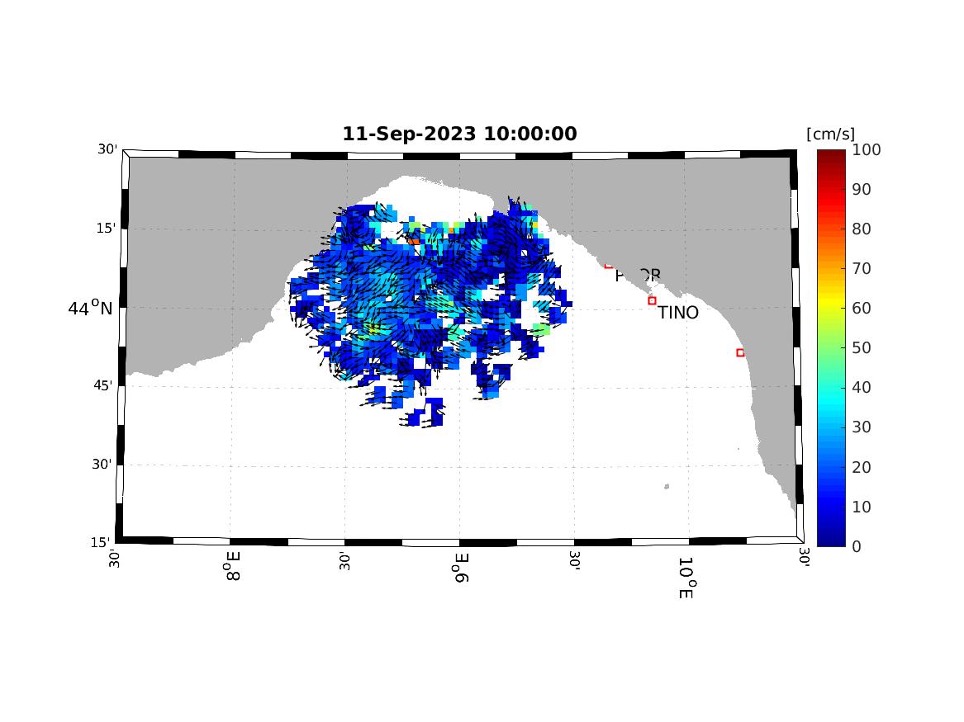Operated by Institute of Marine Sciences of the National Research Council of Italy (CNR-ISMAR), the TirLig – ID 7.1 service stands at the forefront of coastal observation efforts. It offer a a comprehensive range of resources centered around High-Frequency Radar (HFR) data of the Ligurian coast near La Spezia and Cinque Terre. The service, housed within the THREDDS data server, is an invaluable asset for modellers, scientists, maritime space planners, and policymakers alike. In this article, we explore the key features of this service and its contributions to advancing coastal observation within the JERICO-RI framework.
At its core, the TirLig revolves around a THREDDS data server. This server serves as a centralised hub for sea surface current data derived from the HFR-TirLig network. It provides robust capabilities for data discovery, visualisation, and seamless access.
The primary beneficiaries of this service are modellers and scientists with a vested interest in the Tyrrhenian and Ligurian Seas. Additionally, maritime space planners and policymakers stand to gain immense value from the standardised, interoperable, and FAIR data offered by this service. These data sets are readily deployable in operational applications, enhancing decision-making processes.
TirLig plays a pivotal role in supporting the overarching objectives of JERICO-RI. By providing high-quality, standardised, interoperable, and FAIR data, this service equips the scientific and societal communities with a valuable resource for research and operational applications in the coastal domain.
During the course of the JERICO-RI program, significant strides have been made to bolster the functionality and reliability of the TirLig service. The THREDDS Data Server has undergone a complete overhaul, adopting a state-of-the-art hardware and software architecture. Additionally, integration with the HFR Online Outage Reporting Tool (HOORT) has been established, ensuring swift responses to operational downtimes and safeguarding the integrity of data time series.
Looking ahead, the CNR TirLig – ID 7.1 service is poised for further refinement and enhancement. By the end of 2023, new processing scripts are expected to be operational, ushering in substantial improvements to the processing chain responsible for generating the data. These developments will fortify the service’s capacity to deliver timely, accurate, and actionable information to the coastal observation community.
CNR-ISMAR TirLig – ID 7.1 stands as a cornerstone of coastal observation, exemplifying the power of High-Frequency Radar data in advancing scientific research and operational applications. With a steadfast commitment to continuous improvement, this service is poised to make even greater strides in the coming years, further solidifying its pivotal role within the JERICO-RI initiative.
